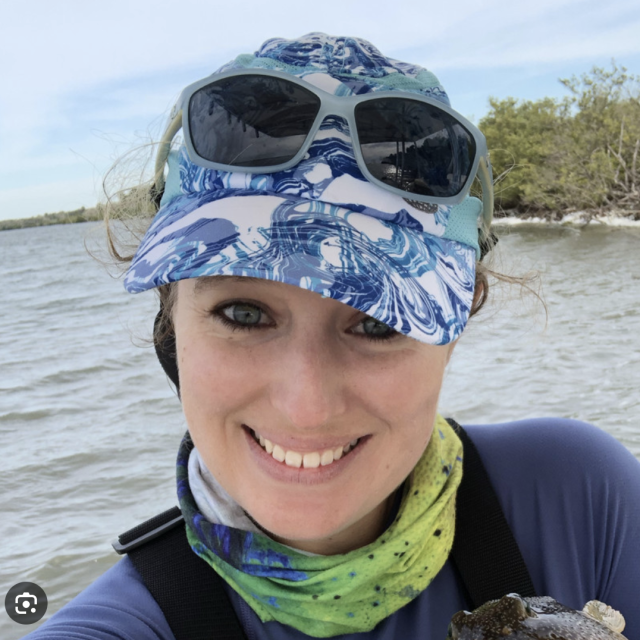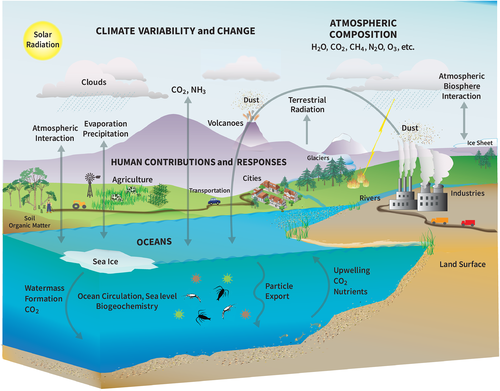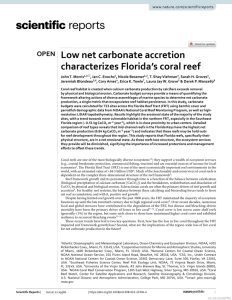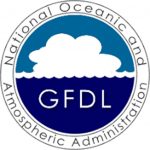Modelización del clima y los ecosistemas
Utilización de modelos climáticos y de ecosistemas y de datos de modelos para comprender mejor el cambio climático, su mitigación y sus repercusiones
DESPLÁCESE PARA SABER MÁS
Lo que hacemos
Modelado innovador
de Sistemas Terrestres Esenciales
Entender el futuro a partir del pasado
At AOML, we are developing and using highly advanced computer models of processes that comprise natural Earth systems, using climate data from the past and present to predict and project how these systems will change on both a global and regional scale in the future.
Modelizar estos impactos permite a nuestro equipo ver cómo afectará el cambio climático global a los ecosistemas y las comunidades, y cómo nuestros esfuerzos para mitigar el cambio climático deben orientarse a minimizar el impacto en el mundo natural.
Haga clic en los iconos para explorar los proyectos existentes:
Quiénes somos
Research Team:
Climate, Ecosystems, and Fisheries Initiative (CEFI)
The NOAA Climate, Ecosystems, and Fisheries Initiative (CEFI) is an effort to provide decision-makers with the information they need to prepare for, and adapt to, changing ocean and coastal conditions. Through development of state-of-the-art high-resolution regional ocean and ocean biogeochemical models, and delivery of model output to an end-to-end decision support system, CEFI aims to provide robust forecasts at seasonal and decadal timescales, as well as projections of future oceanic conditions across marine ecosystems to provide resource managers, fishing communities, ocean industries, and other stakeholders with information, tools, and advice to help reduce impacts and increase resilience to rapidly changing ocean conditions.
Qué estamos haciendo
Scientists at AOML are leading the effort to deliver multi-decadal projections of changing ocean conditions across the Northwest Atlantic region (NWA12), which encompasses the Grand Banks and the entire Caribbean Sea. Within this region, we are modeling how environmental conditions will change under future climate scenarios to provide essential information to resource managers and key fisheries communities across the region. We are creating an ensemble of climate change projections across several models and future scenarios, to represent the range of uncertainty for the NWA12 domain.
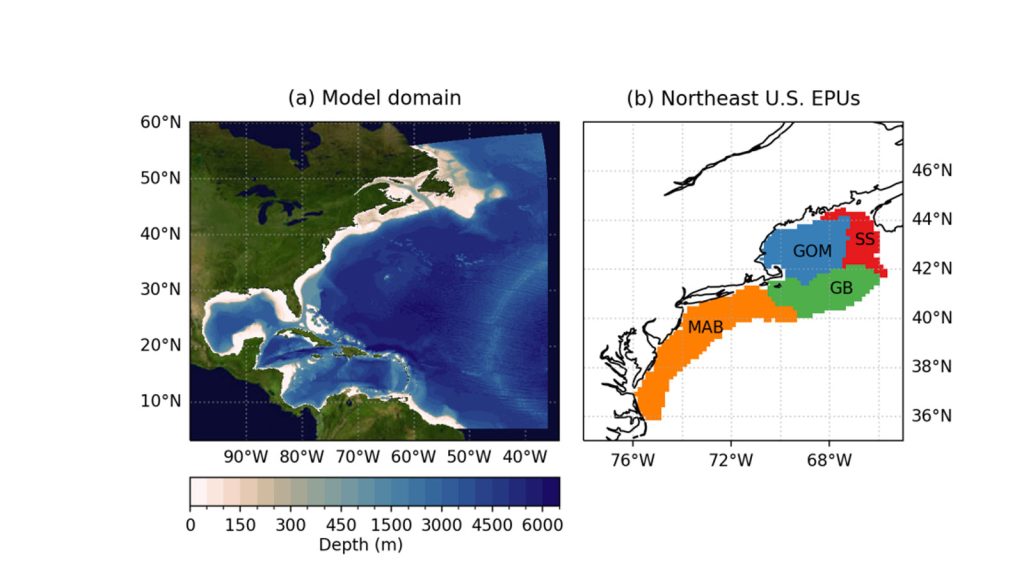
Pie de foto: El dominio NWA12, que abarca la costa este de Estados Unidos y el gran océano Atlántico. Derivado de Ross, A., et al. (2023).

Key Impacts:
Warmer oceans, rising seas, eutrophication and deoxygenation are a few of the key threats to fisheries and natural resources exacerbated by climate change. Across the Atlantic and Pacific Oceans and the Great Lakes, fisheries are integral to the U.S. economy and their degradation due to climate change will affect not only reefs and fish stock populations but people, businesses and communities – and large-scale food security. By combining models of ocean dynamics, biogeochemistry, and sea ice, we are able to project changes in temperature, salinity, sea ice formation and melting, and phytoplankton biomass across the Northwest Atlantic region, that will ultimately drive changes in fisheries and other key marine resources.
Datos y recursos adicionales
Open-Source CEFI Modeling Data: Climate Ecosystems and Fisheries Initiative Data Portal
CEFI Fact Sheet: NOAA Climate, Ecosystems and Fisheries Initiative Fact Sheet
Extremos de tensiones múltiples bajo el cambio climático
Earth System Models are able to integrate atmospheric, land, ice-ocean, and biogeochemical components to represent the complex cycling of essential nutrients including carbon, alkalinity, oxygen, nitrogen, phosphorus, iron, silica, calcite and lithogenic minerals. These comprehensive models allow scientists to study the carbon cycle and other biogeochemical cycles in our Earth System.
Our research seeks to understand the interactions and impacts of multiple stressor extremes under changing environmental conditions. A proposal funded by NOAA’s Ocean Acidification Program utilized the NOAA Geophysical Fluid Dynamics Laboratory Earth System Model 4.1 (GFDL-ESM4.1), to examine the extent and projected intensity of extremes in ocean acidification (OA), temperature, and deoxygenation under historical and projected future conditions.
Our research seeks to understand the interactions and impacts of multiple stressor extremes under changing environmental conditions. A proposal funded by NOAA’s Ocean Acidification Program utilized the NOAA Geophysical Fluid Dynamics Laboratory Earth System Model 4.1 (GFDL-ESM4.1), to examine the extent and projected intensity of extremes in ocean acidification (OA), temperature, and deoxygenation under historical and projected future conditions.
Publicación destacada
CEFI:
Gomez et al. (2023): RC4USCoast: a river chemistry dataset for regional ocean model applications in the US East Coast, Gulf of America (formerly the Gulf of Mexico), and US West Coast, Earth Syst. Sci. Data, 15, 2223–2234, https://doi.org/10.5194/essd-15-2223-2023, 2023.
Ross, A., et al. (2023). A high-resolution physical biogeochemical model for marine resource applications in the Northwest Atlantic (MOM6 – COBALT – NWA12 v1.0). Geoscientific Model Development, https://gmd.copernicus.org/preprints/gmd-2023-99/gmd-2023-99.pdf
Multiple Stressor Extremes:
Olson, E., et al. (2024): Site-specific multiple stressor assessments based on high frequency surface observations and an Earth system model. Earth and Space Science, 11, https://doi.org/10.1029/2023EA003357.
Olson, E., et al. (in review): Potential for regional resilience to ocean warming and acidification extremes: Projected vulnerability under contrasting pathways and thresholds. Global Change Biology.
¿Buscando literatura? Busque en nuestra base de datos de publicaciones.




